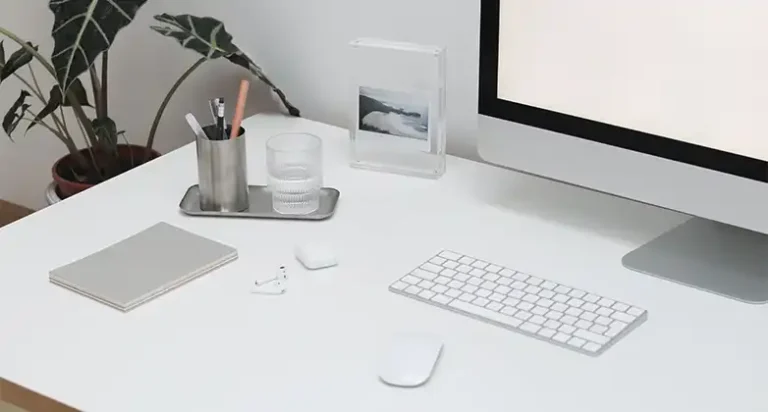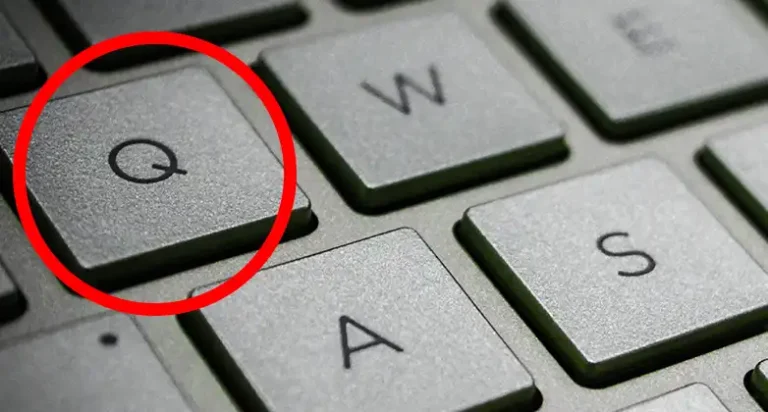Keyboard Key Stuck but Not Physically (Causes and Solutions)
A stuck key on your keyboard can be very frustrating, especially if it is not physical. That’s because a software stuck key can be more difficult to fix, or so it may seem. However, that’s not the case. With proper knowledge and the right steps, you can un-stuck your software stuck key in a jiffy.
In this article, we will explain why your key might be software stuck and how to fix it. Later on, we will also cover some of the most asked questions regarding keyboard cleaning and maintenance. So, let’s start.

Why Does It Happen?
Before diving into solutions, it’s essential to understand why keyboard keys might appear stuck without any physical damage:
Software or Driver Issues
Outdated or corrupted keyboard drivers or system software glitches can lead to unresponsive keys.
Debris and Dirt
Even a tiny speck of debris can interfere with a key’s function, making it feel stuck.
Sticky Keys
Windows has a feature called “Sticky Keys” that may activate if you press the Shift key repeatedly.
Malware
Malicious software can affect keyboard functionality, causing keys to behave strangely.
How to Fix Stuck Keyboard Keys
Now, let’s explore detailed solutions for each of the problems mentioned above:
1. Software or Driver Issues
Restart Your Computer: Begin with a simple restart to resolve any temporary software glitches.
Update Keyboard Drivers: Visit the official website of your computer manufacturer or keyboard manufacturer to download the latest keyboard drivers.
Go to “Device Manager,” expand “Keyboards,” right-click on your keyboard, and select “Update driver.”
Uninstall and Reinstall Keyboard Driver: In “Device Manager,” right-click on your keyboard and choose “Uninstall device.” Afterward, restart your computer to automatically reinstall the driver.
Conflicting Software Issue
To check if it’s a software problem, follow these steps:
- At the Windows 10 sign-in screen, press and hold the Shift key on your keyboard.
- While holding Shift, click the Power button (the one for shutting down or restarting), and then choose Restart.
- When Windows 10 restarts, you’ll see the Choose an Option screen. Click Troubleshoot.
- In the Troubleshoot menu, select Advanced Options, and then click Startup Settings.
- On the Startup Settings screen, you’ll see options for how to start Windows. Click the Restart button.
- Windows will start again, and you’ll see a screen with different options. Press F4 to enter Safe Mode.
- If the problem doesn’t happen in Safe Mode, it’s likely a software issue. You can try fixing it with a Windows in-place upgrade.
2. Debris and Dirt
Check for Debris: Carefully remove the keycap of the stuck key using a keycap puller or a flat, thin tool like a credit card.
- Clean the area beneath the keycap using compressed air or a soft brush.
- Gently snap the keycap back into place.
3. Sticky Keys
Disable Sticky Keys: If Sticky Keys are accidentally activated, press the Shift key five times in quick succession. When prompted, click “No” to disable this feature.
4. Malware
Scan for Malware: Run a full system scan using your antivirus software to detect and remove any malware affecting your keyboard functionality.
Hot New Keyboards
Das Keyboard 4 Professional Wired
The Das Keyboard 4 Professional Wired Mechanical Keyboard is designed for both professionals and enthusiasts, offering an exceptional typing experienc… Read more
Keychron K2 75%
The Keychron K2 is a compact 75% mechanical keyboard featuring 84 keys, designed for both Mac and Windows users with extra keycaps included. It suppor… Read more
Keychron Q6 Max
The Keychron Q6 Max is a premium mechanical keyboard that combines exceptional build quality with versatile connectivity options. Made from durable 60… Read more
Microsoft Ergonomic Keyboard for Business Wired
The Microsoft Ergonomic Keyboard for Business is designed for optimal comfort and productivity during long work sessions. Its split keyset design prom… Read more
SteelSeries Apex Pro TKL Wireless Gen 3 OmniPoint 3
The SteelSeries Apex Pro TKL Wireless Gen 3 is a top-tier gaming keyboard that features advanced OmniPoint 3.0 HyperMagnetic switches, offering 20 tim… Read more
Maintenance Tips
Preventing keyboard issues is often easier than fixing them. Here are some maintenance tips to keep your keyboard in top shape:
Regular Cleaning
Periodically clean your keyboard to remove dust and debris. Disconnect it from the computer before cleaning to avoid accidental key presses.
Avoid Eating and Drinking Near the Keyboard
Crumbs and spills are common causes of keyboard issues. Keep food and beverages away from your computer setup.
Use a Keyboard Cover
Consider using a keyboard cover to protect against dust and spills when not in use.
Update Software and Drivers
Keep your operating system and keyboard drivers up to date to prevent compatibility issues.
Proper Hand Hygiene
Clean hands can help prevent dirt and oil buildup on your keyboard. Wash your hands before using the computer.
Keyboard Shortcuts
Avoid excessive use of the same key for shortcuts. Over time, this can lead to key wear.
People Also Ask
Why is my keyboard typing the wrong characters?
This issue could be caused by a language or input method setting. Check your language settings in the control panel or system preferences and ensure the correct language and keyboard layout are selected.
Some keys on my keyboard are not working. What should I do?
If specific keys are unresponsive, it could be a hardware problem. Try cleaning the keyboard and, if the issue persists, consider seeking professional repair or replacing the keyboard.
Can I use a software-based keyboard if my physical keyboard is not working?
Yes, most operating systems offer virtual or on-screen keyboards that you can use temporarily if your physical keyboard is malfunctioning.
End Notes
A keyboard with stuck keys can be a frustrating experience, but with the right troubleshooting steps, you can often resolve the issue without the need for professional assistance. From software and driver problems to debris and maintenance tips, this comprehensive guide provides the tools and knowledge you need to keep your keyboard in top working condition. Remember that prevention is key, so regular maintenance can go a long way in ensuring your keyboard’s longevity and reliability.

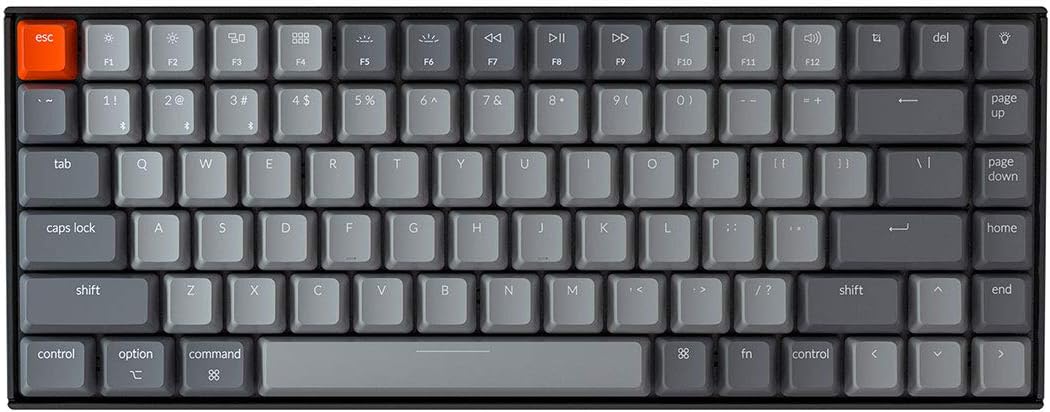
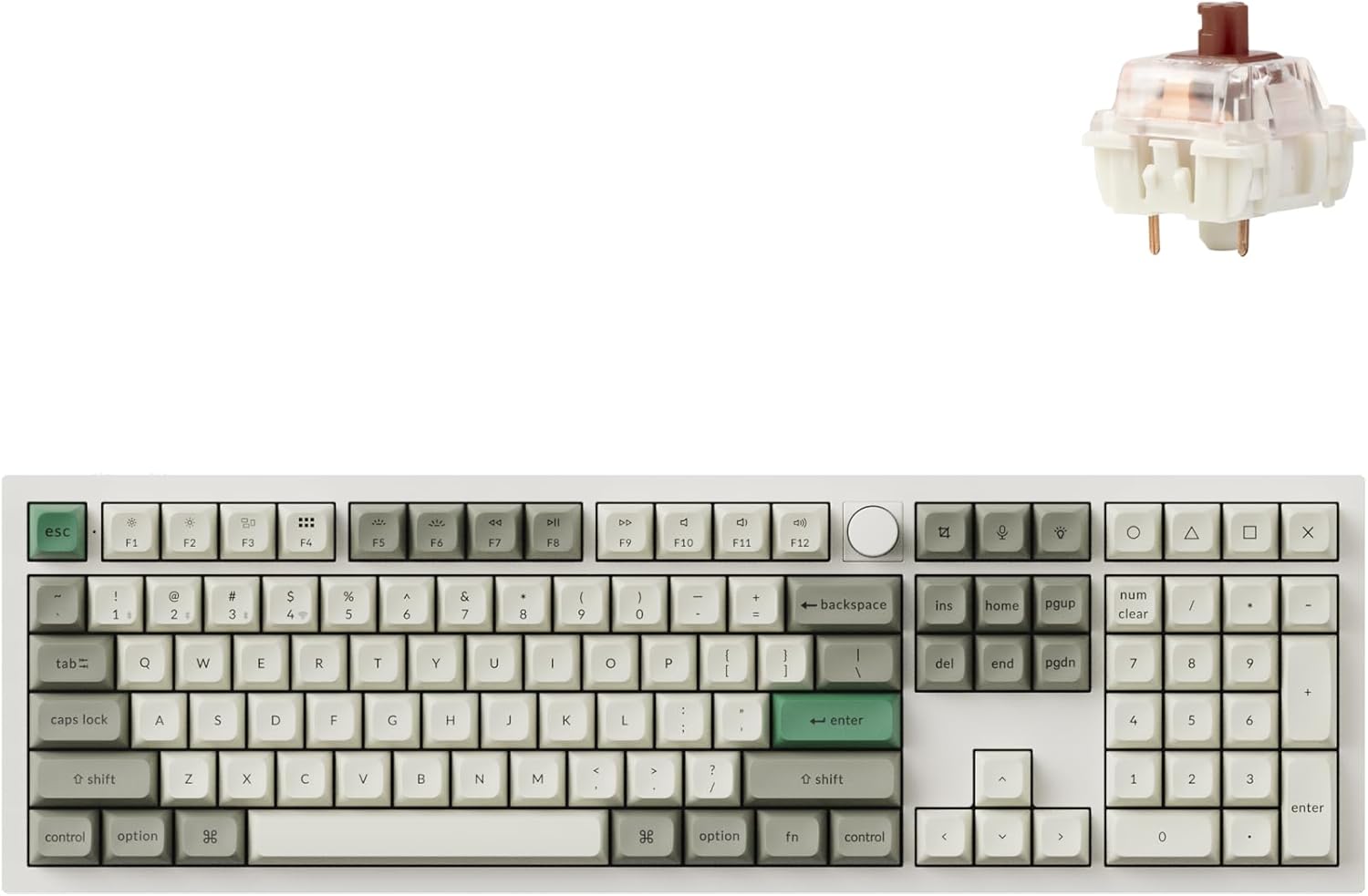
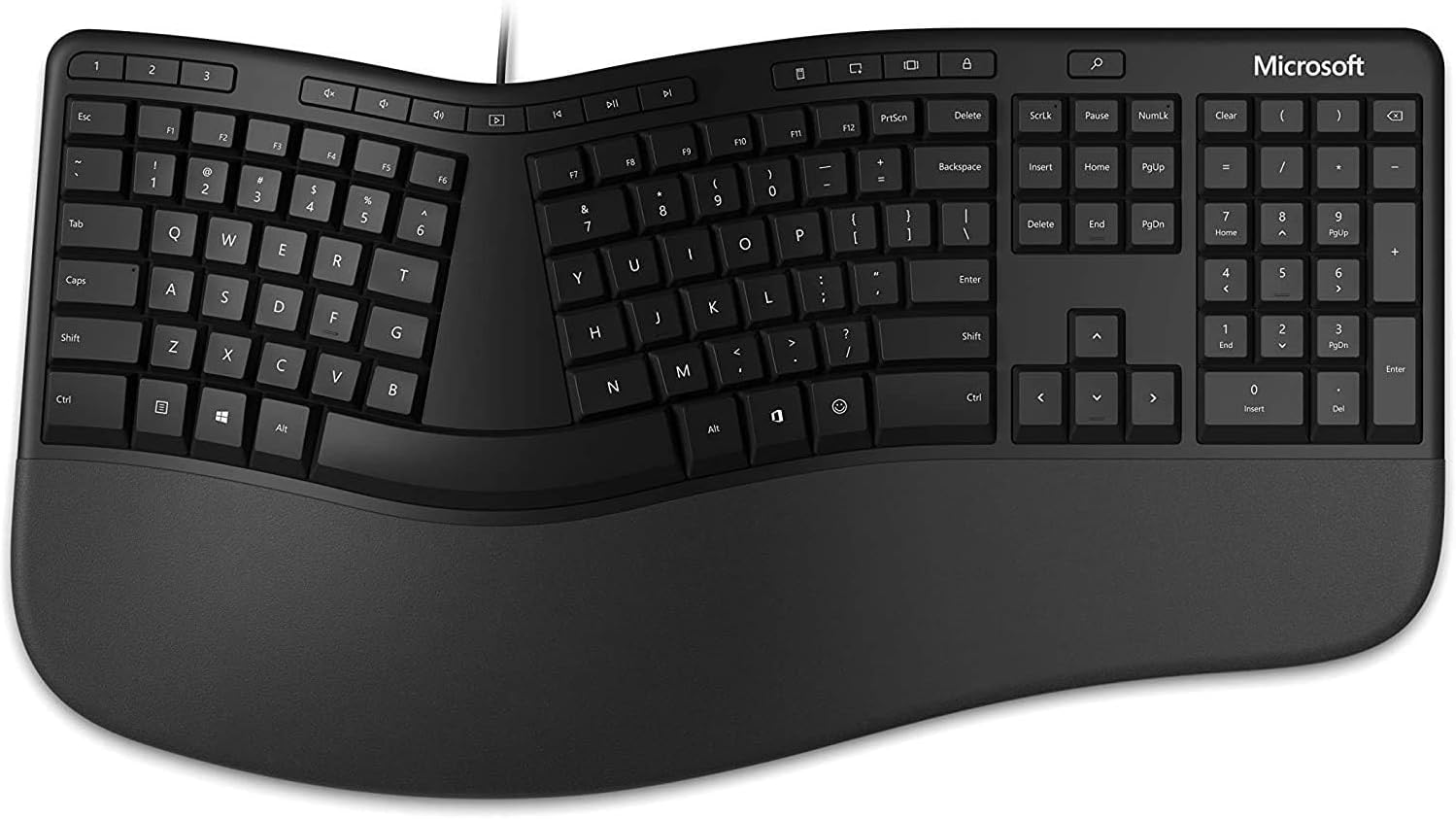
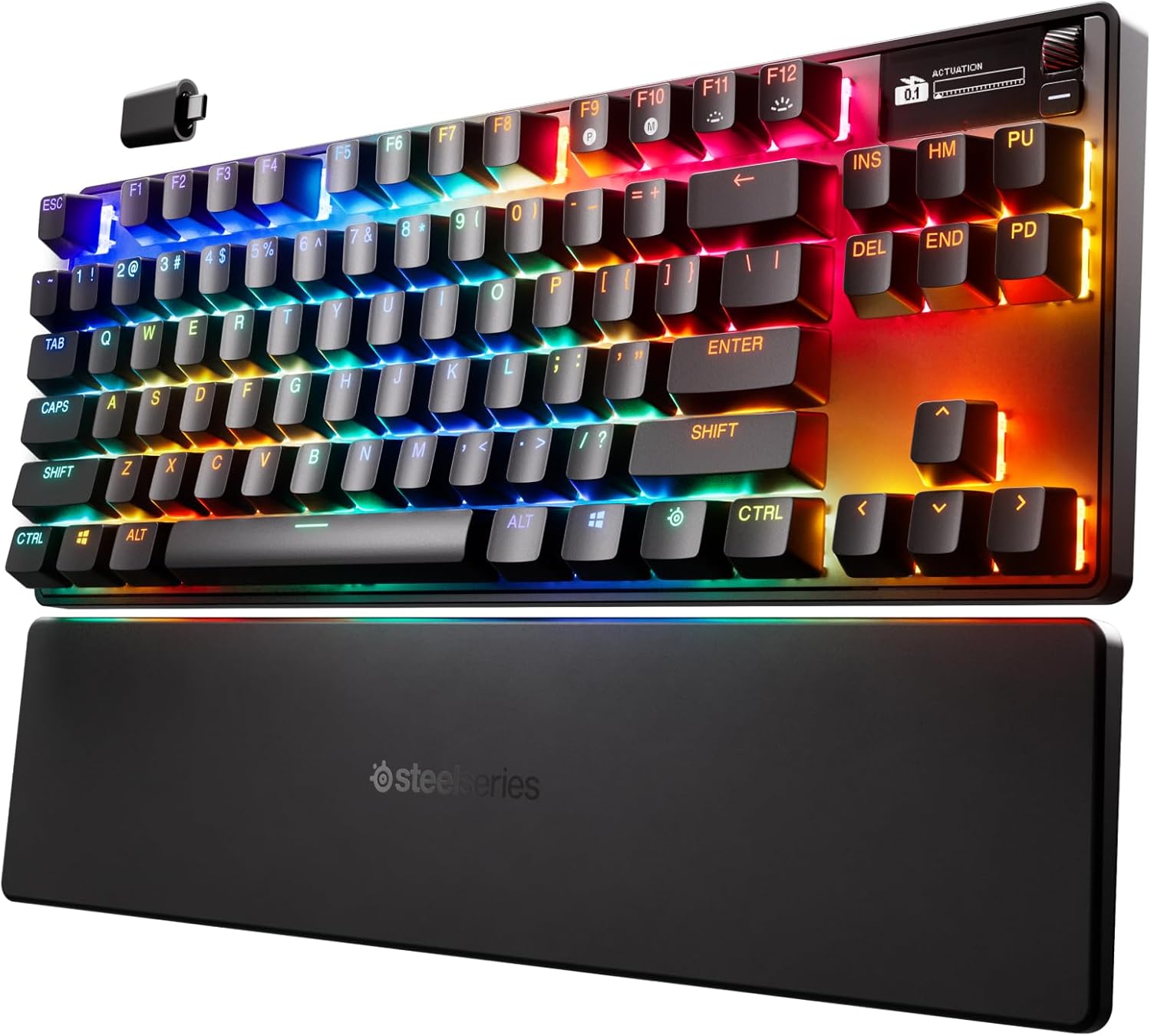
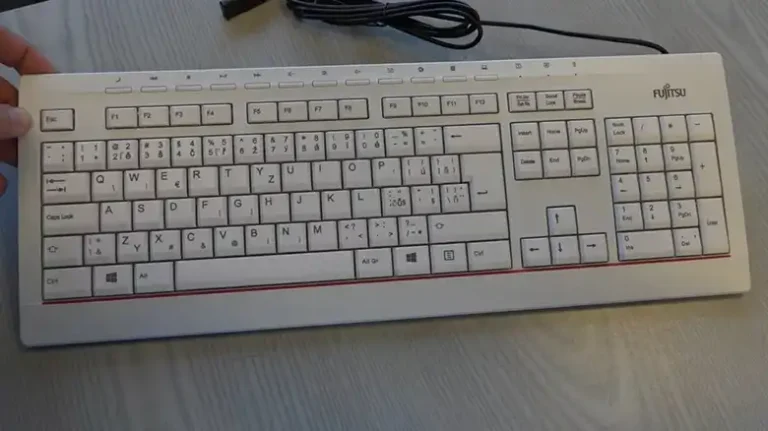
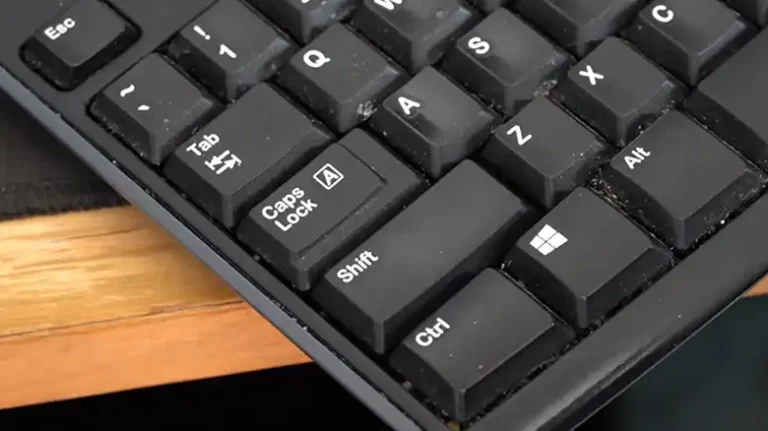
![[5 Solutions] Quotation Marks on Keyboard Not Working in Windows 10](https://keyboardhunter.com/wp-content/uploads/2023/10/Quotation-Marks-on-Keyboard-Not-Working-in-Windows-10-768x431.webp)

